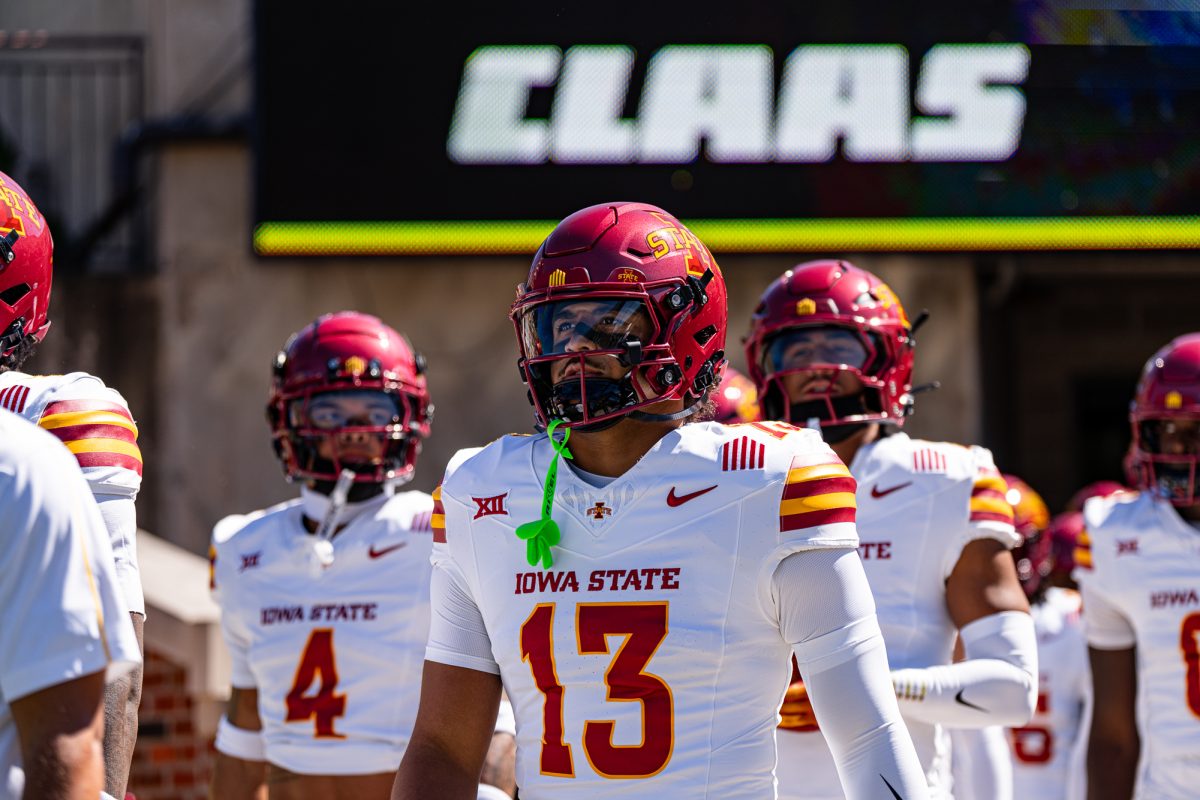Damned if you do
October 5, 1998
Hell. It’s a nasty place. Eternal incineration in a lake of fire — it’s not something you eagerly anticipate, even when you’re struggling just to stay alive through one hour of calculus.
The word itself demands attention. HELL. Written in six-inch-high block letters on a T-shirt, it screams “Look at me!”
And as Debbie Sharp found out, that kind of disruption is against the rules, at least in Oskaloosa’s junior high school.
Last February, the 14-year-old Sharp wore a T-shirt to school that read “HELL is for Wimps — Are You One?” Administrators told Sharp she was violating a school policy prohibiting clothing disruptive to the school’s learning environment, and they told her to get a different shirt or turn her “hellish” one inside out.
After sitting through two hours of detention, Sharp relented, covered her shirt with a sweat shirt and returned to class. Two weeks ago, Sharp and her mother asked the Oskaloosa school board to overrule the administrators’ decision, but the board refused.
“Censorship!” civil liberties groups protest.
But think again: This policy has nothing to do with the message on the shirt. The ban is purely based on the manner in which the controversial word is displayed.
First Amendment experts will notice a key word here — manner, as in time, place and manner. These are the three ways government may limit speech.
Sharp can wear the shirt during non-school hours, and she can wear it off school grounds. She can even wear a “HELL is for wimps” shirt to school, as long as the shirt in question isn’t designed to be attention-grabbing and disruptive, as this one is.
Another key part of the policy is its non-religious nature. According to Superintendent Tucker Lillis, the rules prohibit “questionable or inappropriate slogans that are disruptive” to other students.
“We’re not trying to inhibit the girl’s religious beliefs at all,” he said.
The policy, like regulations at many other Iowa schools, also bans alcohol — and tobacco — related messages. It is clearly not designed to limit free expression; it merely seeks to keep the “My shirt is badder than yours” competition out of the classroom.
The Bill of Rights does not end at the schoolhouse door, said the Supreme Court in the famous Brown vs. Board of Education decision.
But those in uproar over this perceived “censorship” are forgetting one thing — no student has a right to disrupt another’s education.






